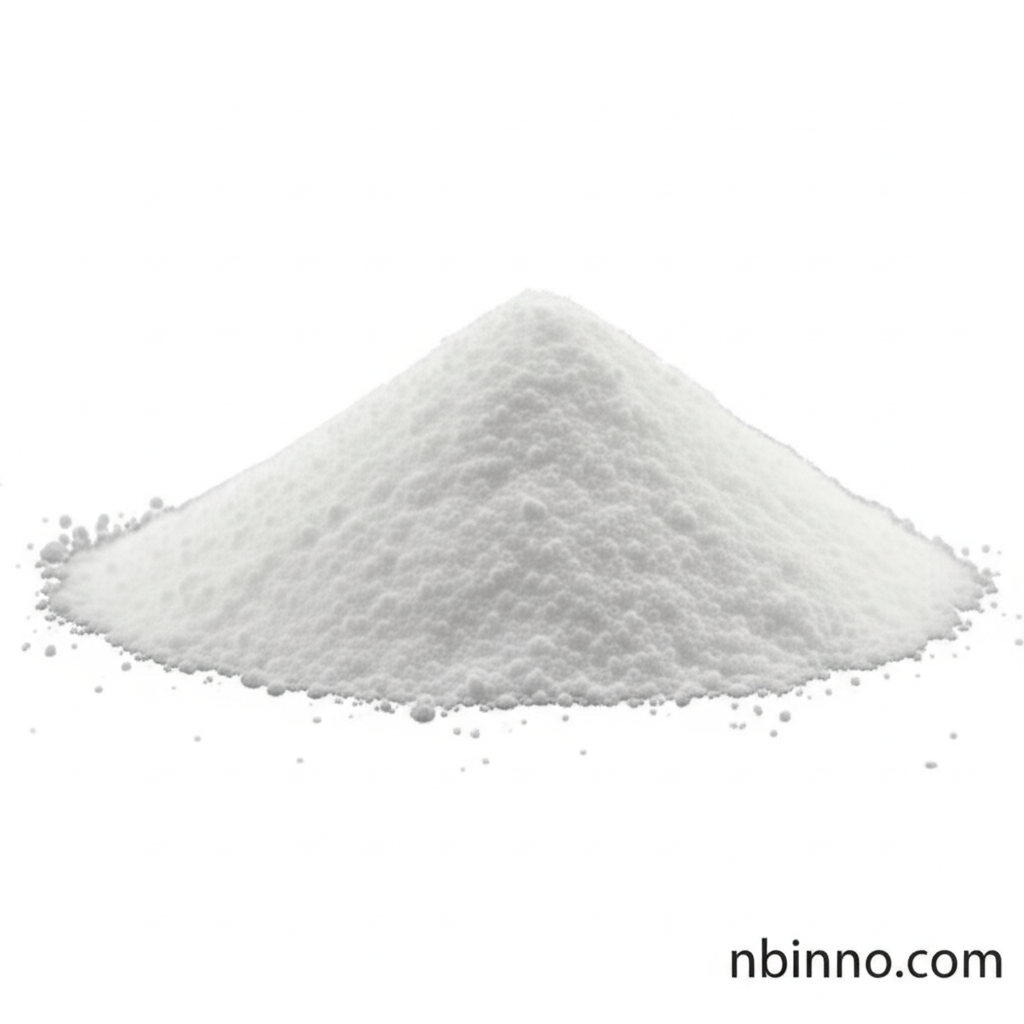Methyl 5-chloro-2-pyridinecarboxylate: A Versatile Intermediate for Pharmaceutical and Agrochemical Synthesis
Unlock innovative synthesis pathways with this crucial building block for advanced chemical development.
Get a Quote & SampleProduct Core Value

Methyl 5-chloro-2-pyridinecarboxylate
This compound, known by its CAS number 132308-19-1, is a vital intermediate in the creation of complex organic molecules. Its chemical structure, C7H6ClNO2, with a molecular weight of 171.58, makes it ideal for a wide range of synthetic applications. We offer high-purity Methyl 5-chloro-2-pyridinecarboxylate for your R&D and manufacturing needs.
- Discover the diverse applications of Methyl 5-chloro-2-pyridinecarboxylate as a key pharmaceutical intermediate.
- Explore how this chemical synthesis building block facilitates the development of new agrochemicals.
- Understand the importance of CAS 132308-19-1 in enabling complex organic synthesis projects.
- Learn about sourcing high-quality Methyl 5-chloro-2-pyridinecarboxylate from reliable suppliers.
Advantages Offered
Synthesis Versatility
Leverage the reactive nature of Methyl 5-chloro-2-pyridinecarboxylate to achieve complex molecular structures efficiently in your organic synthesis projects.
High Purity Assurance
Benefit from the typically high purity (≥99.0%) of Methyl 5-chloro-2-pyridinecarboxylate, ensuring reliable results in your chemical synthesis processes.
Broad Application Scope
Utilize this compound as a critical intermediate for both pharmaceutical and agrochemical development, expanding your product pipeline.
Key Applications
Pharmaceutical Intermediate
Methyl 5-chloro-2-pyridinecarboxylate is a crucial building block in the synthesis of various active pharmaceutical ingredients (APIs), supporting advancements in drug discovery.
Agrochemical Intermediate
Its utility extends to the agrochemical sector, where it aids in the formulation of effective pesticides and herbicides for crop protection.
Dye Intermediates
The compound can also serve as an intermediate in the production of specialized dyes, contributing to the vibrant color industry.
Flavor and Fragrance Intermediates
In the flavor and fragrance industry, it acts as a precursor for creating unique aromatic compounds.
